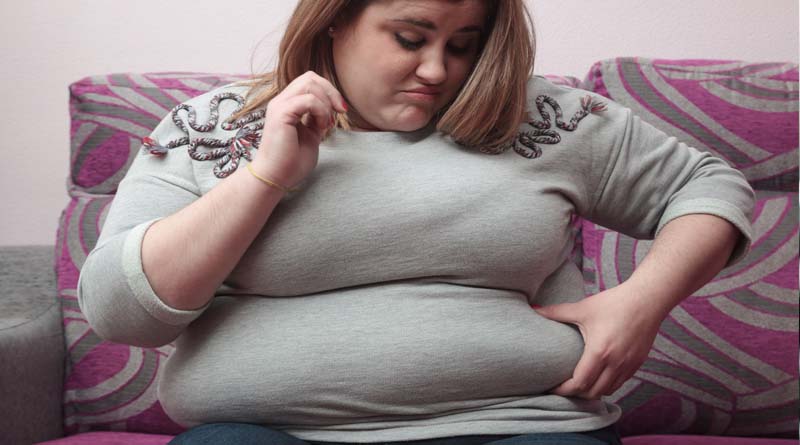
Where Does the Fat Go When I Lose Weight?
We’ve all seen amazing transformations of people losing weight online or on television shows like the Biggest Loser. One question that seems to come up constantly is where does the fat go when you lose weight? It’s certainly apparent when it’s attached to your body with all of the double chins, love handles, and beer bellies.
According to medical science, the fat cells do not actually disappear unless you get liposuction. What actually happens is that the fat cells shrink. Fat cells enlarge when people consume more energy (calories) than their body burns. The result is an increase in the size and number of fat cells. When you lose weight the fat cells dramatically shrink. Fat cells are very specialized. They store energy in the form of triglycerides from the fat we eat and store it for later usage if the fat is not burned. Average size humans have about 10-30 billion fat cells. Obese people can in excess of 100 billion.
When we eat too much, we increase the number of fat cells our body has. As a result, the number of fat cells does not decrease. Once we have them, they are here to stay. We can only shrink them down. That means the capacity for them to expand again is always there.
When you exercise, your body breaks down fat because it needs it to fuel you through your workout. The fat breaks down into a substance known as free fatty acid that is metabolized by the liver for energy. When you have too much free fatty acid, your body cannot burn it and it is stored as fat.
Data shows that over 2/3 of Americans are classified as overweight. That means their fat cells have excess triglycerides which is literally an oily substance that is inside the cell. When you start exercising or dieting, your body releases the hormone known as lipase from within the cells and begins breaking up the triglycerides which are then released into the blood stream.
Once the triglycerides reach the liver or muscles they are further broken down into a compound known as acetyl-COA, which combines with other compounds to create citric acid. These ingredients commence the Krebs cycle that results in the body converting the stored fat into real, usable energy.
This process highlights what goes on in your body when you start exercising and restricting calories. All people’s bodies work this way, which should serve as motivation for losing weight. Now some people’s bodies are more resistant to this process, but all it takes is a little more work.
The most important fat cells to shrink are those in the abdomen, according to health experts. The most dangerous type of fat is known as visceral fat. It’s further underneath the skin and can intertwine with your organs. This type of fat is known for being hard, unlike the flabby fat that is also around the stomach. Visceral fat is a major risk factor that contributes to high blood pressure, high cholesterol, stroke, heart attack, and heart disease. Visceral fat is more common in men than women because most men gain fat in their abdomens.
While it can be somewhat depressing to know that we can never reduce the number of fat cells, it should not deter you from losing weight. You can still transform your body. To accelerate the fat loss process, focus on restricting calories at a healthy rate. This will result in a calorie deficit. Once a calorie deficit is established, your body will draw upon the fat in your body for energy. This is the essence of losing weight and burning fat.










